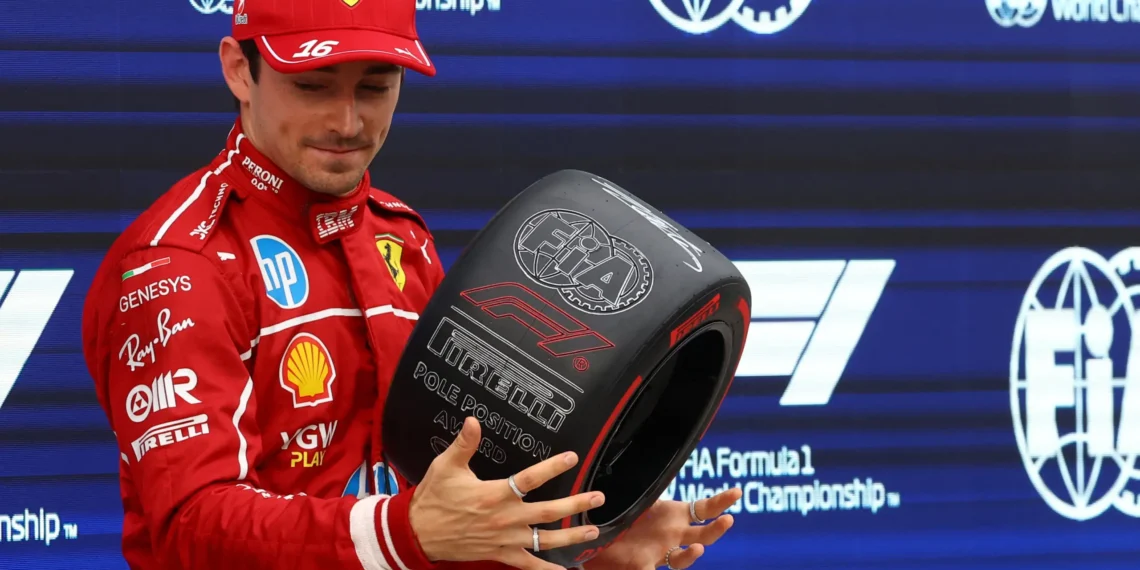Charles Leclerc’s astonishing pole position at the Hungarian Grand Prix has left the racing world in shock, but the reasons behind his unexpected feat are nothing short of sensational. From a wind change that disrupted the order to Ferrari’s engine improvement and Leclerc’s own brilliance, the factors at play are truly extraordinary.
As the wind speed increased and changed direction between Q2 and Q3, Leclerc seized the opportunity to outperform McLaren’s Oscar Piastri and Lando Norris. The varying wind conditions created a tail/crosswind effect at different turns on the track, favoring Leclerc’s stable and confident driving style over McLaren’s struggle with instability.
Leclerc’s aggressive approach in attacking his final lap, combined with Ferrari’s well-balanced setup to combat rear tire degradation, proved to be a winning combination. While McLaren grappled with rear tire temperature control, Ferrari’s engine power and Leclerc’s precise handling allowed him to gain the edge.
The temperature drop at the Hungaroring further played into Ferrari’s hands, offsetting one of their key disadvantages and giving Leclerc the boost he needed to secure pole position. Additionally, Leclerc’s strategic pitlane choreography and his exceptional ability to push the car to its limits were crucial in his qualifying success.
In a thrilling turn of events, Leclerc’s dominance on the track has not only showcased his undeniable talent but has also highlighted the intricate technical and strategic elements that can make or break a race. As the racing world reels from Leclerc’s pole position coup, one thing is certain – the Monaco driver has firmly established himself as a force to be reckoned with on the Formula 1 circuit.













